If you’ve been following the Paleo lifestyle for more than five minutes, you’ve probably heard about ketosis.
You’ve also probably heard of low-carb vs. high-carb camps of people making up the Paleo world. So if you’re wondering what ketosis is, what it can do for you, and the pros and cons surrounding it, here’s some helpful information:
Ketosis
Ketosis is the state your body goes into when you have elevated levels of ketones circulating. Confused yet? Don’t be. Ketone bodies are used for energy and are formed by ketogenesis when your glycogen stores are depleted.
Curious about ketosis?
Click here to get the FREE Easy Keto Guide to learn the right way to go keto!
When your glycogen stores are low, fat goes through a process to produce fatty acids – some of which further change into ketone bodies. When your body needs energy, it uses fatty acids instead of glucose as a source of energy.
One ketosis side effect is that your breath and urine may smell similar to nail polish remover. This is due to the breakdown of acetate, which is the base ingredient found in nail polish remover.
How to Get Into Ketosis
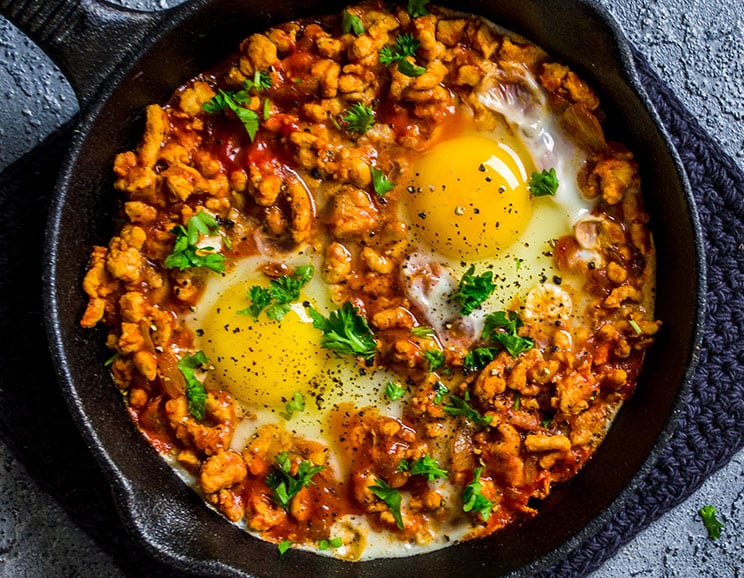
One way to kickstart ketosis is to eat a low-carb (and high fat) “ketogenic” diet. Generally, these diets make up less than 30g of carbohydrates. The remaining food comes from a mix of fat and protein. These foods should be lean meat from healthy pastured and grass-fed proteins. Look for grass-fed beef, wild-caught salmon, and eggs from pastured chickens. Low-carb vegetables are also a great choice.
When you don’t feed your body enough carbohydrates to convert into glycogen for energy, it begins converting fat stores into energy through a process called “neoglucogenisis”. The more energy you need, the more fat stores your body will burn, and the more weight you will lose.
So you can see the draw, right? People want a get-thin-quick plan, and keto diets seem to work just fine. So what are some pros and cons?
Pros of Ketosis
The obvious pro of ketosis is improved fat loss. What better way to sculpt that fat from your body than to burn it off as energy? To do this, you have to eat fewer calories than you need for energy. Fasting, either a prolonged fasting in the morning (say, from midnight until noon) can really kick-start that ketosis.
When you combine ketosis with an exercise program, you’ll probably notice an even greater fat-loss.
Did you know there are medical reasons for maintaining a ketosis lifestyle? Some reasons include epilepsy management and cancer treatment.
Epilepsy Management
For many years, doctors have known that ketosis helps control seizures. No one is exactly sure why, but the theory is that the process produces a change in chemistry that affects seizures in a positive way. In fact, kids who follow ketogenic diets usually experience up to 50 percent fewer seizures than when on a traditional diet. Up to 15 percent of them actually stop having seizures. (1)
Alternative Cancer Treatment
The premise is that cancer cells require glucose to live. In fact, cancer cells live off of sugar. By replacing carbohydrates in your diet then replacing them with protein and healthy fats, you’ll eventually starve the cancer cells into submission. (2)
So if you’re living a ketogenic diet, you’re not only reducing or maintaining your body fat stores, you’re also reducing your chances of developing cancer. This will ensure cancer cells never get the food they need to develop.
Cancer cells don’t have the flexibility of the cells in your body to survive off of ketone bodies. So when you become “fat adapted”, your cancer cells quickly start to die off.
To kill off or prevent cancer cells from developing in the first place, you may need to stop eating grains, processed sugar, and fruits. Of course, there are other things you can do to help boost your immune system naturally, but that’s a whole other topic.
Cons of Ketosis
The major problem with ketosis is that some people don’t believe high-level athletes can get enough energy from being in ketosis. This includes people with high-energy jobs, rigorous work out schedules, or high-level athleticism.
A second downfall to ketosis is that it’s a very restrictive way to eat. Because of this, lots of people have trouble adhering to the diet. Social functions, outings, and trying to find appropriate foods at restaurants all work against someone who is on a ketogenic diet.
Finally, a long-term, low-carb diet may damage the metabolism – particularly when combined with a low calorie diet and excessive cardio exercise. (3)
In general, some people may take the low-carb train too far by cutting out all fruits and vegetables. These foods provide vitamins and minerals essential to good health, as well as other nutrients like anti-oxidants. If you choose to try ketosis to burn some fat, make sure you do your research on the proper ratio and try not to cut out vegetables! Use a food tracker to keep count of the carb grams you eat every day, and listen to your body. It’ll be wise to take a high-quality multivitamin as well.
(You’ll Also Love: Should You Combine a Ketogenic Diet with Paleo?)


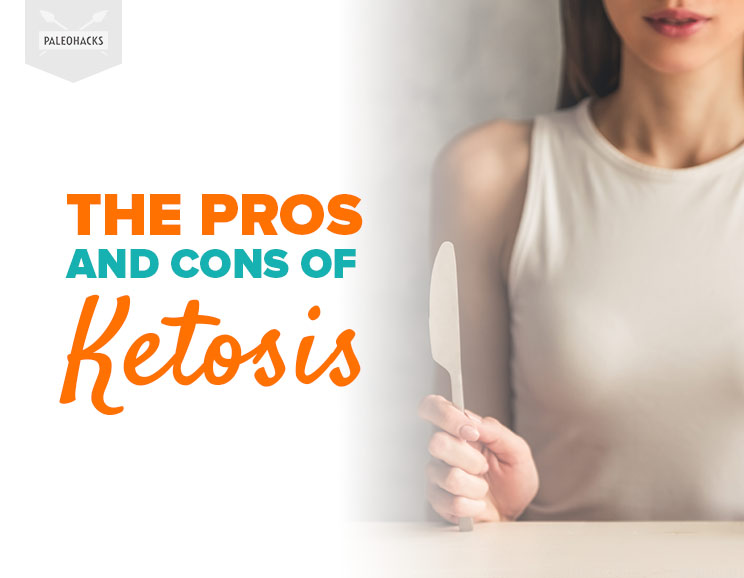

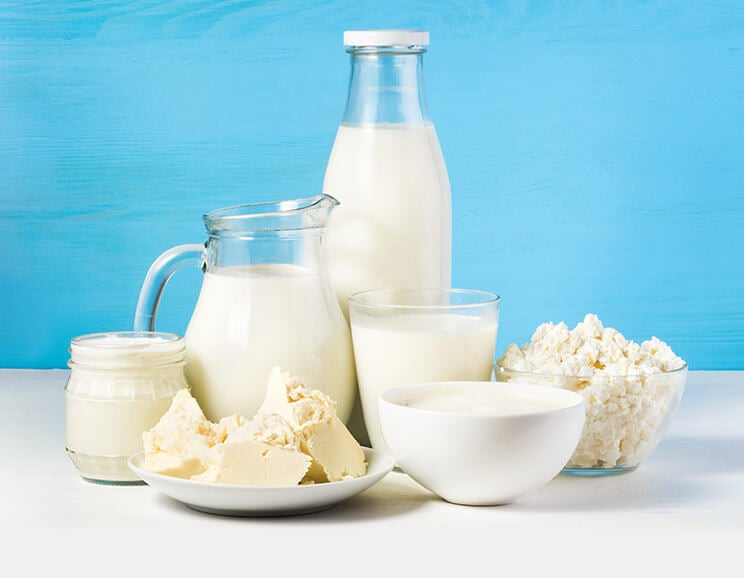
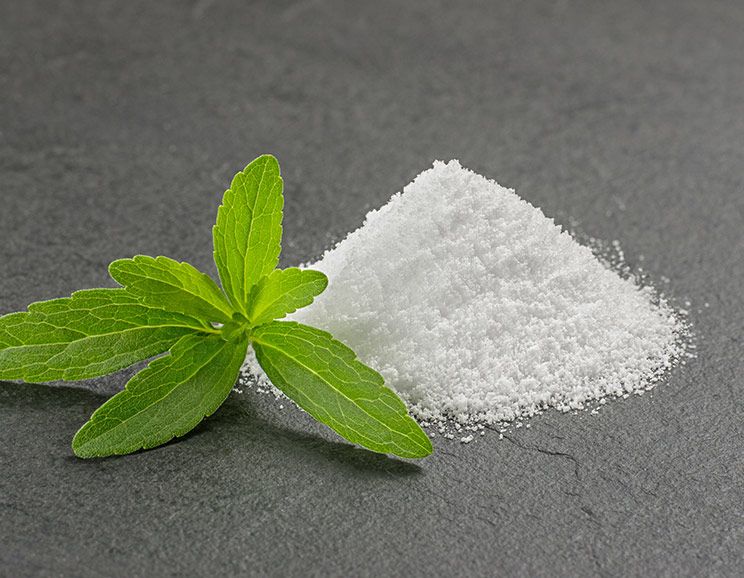
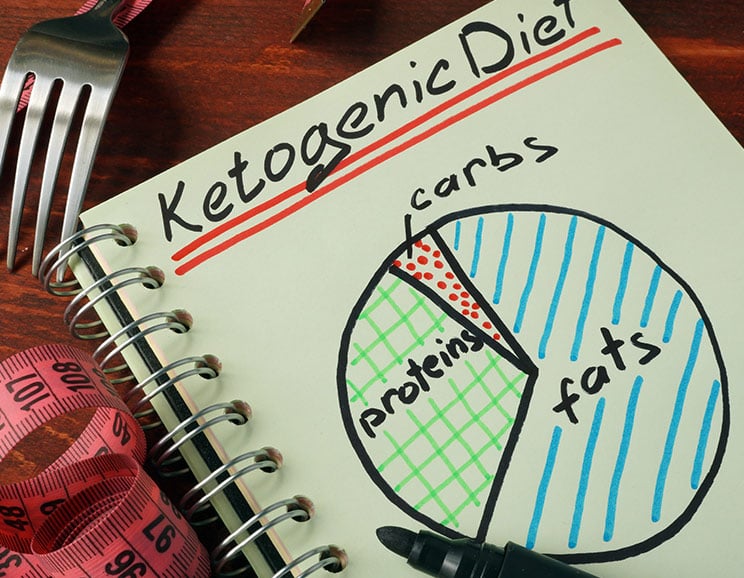

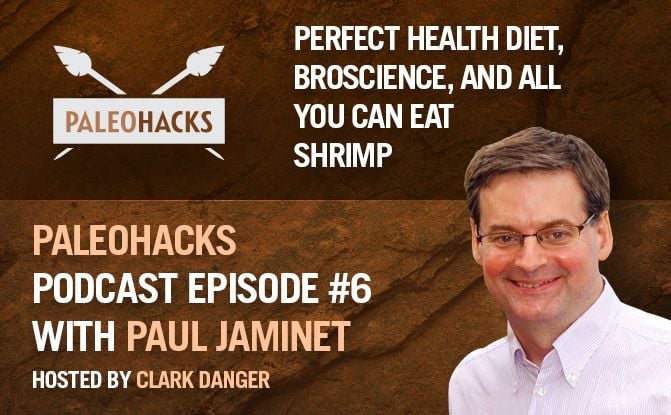

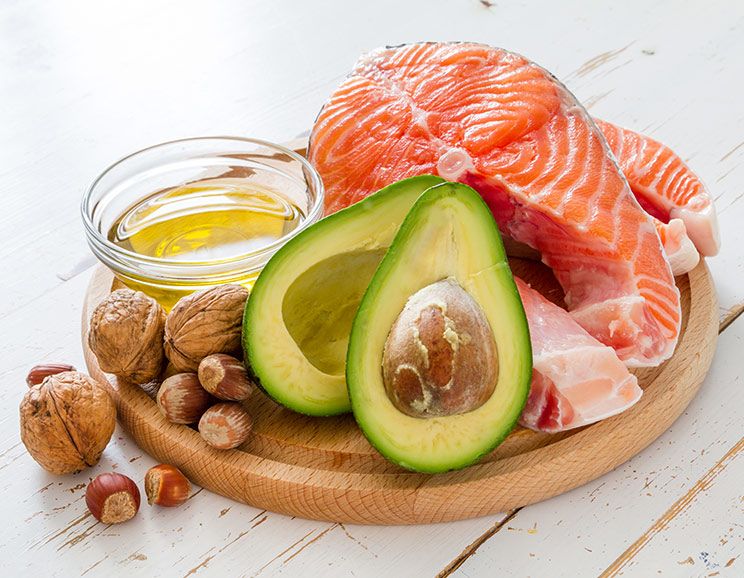


Show Comments